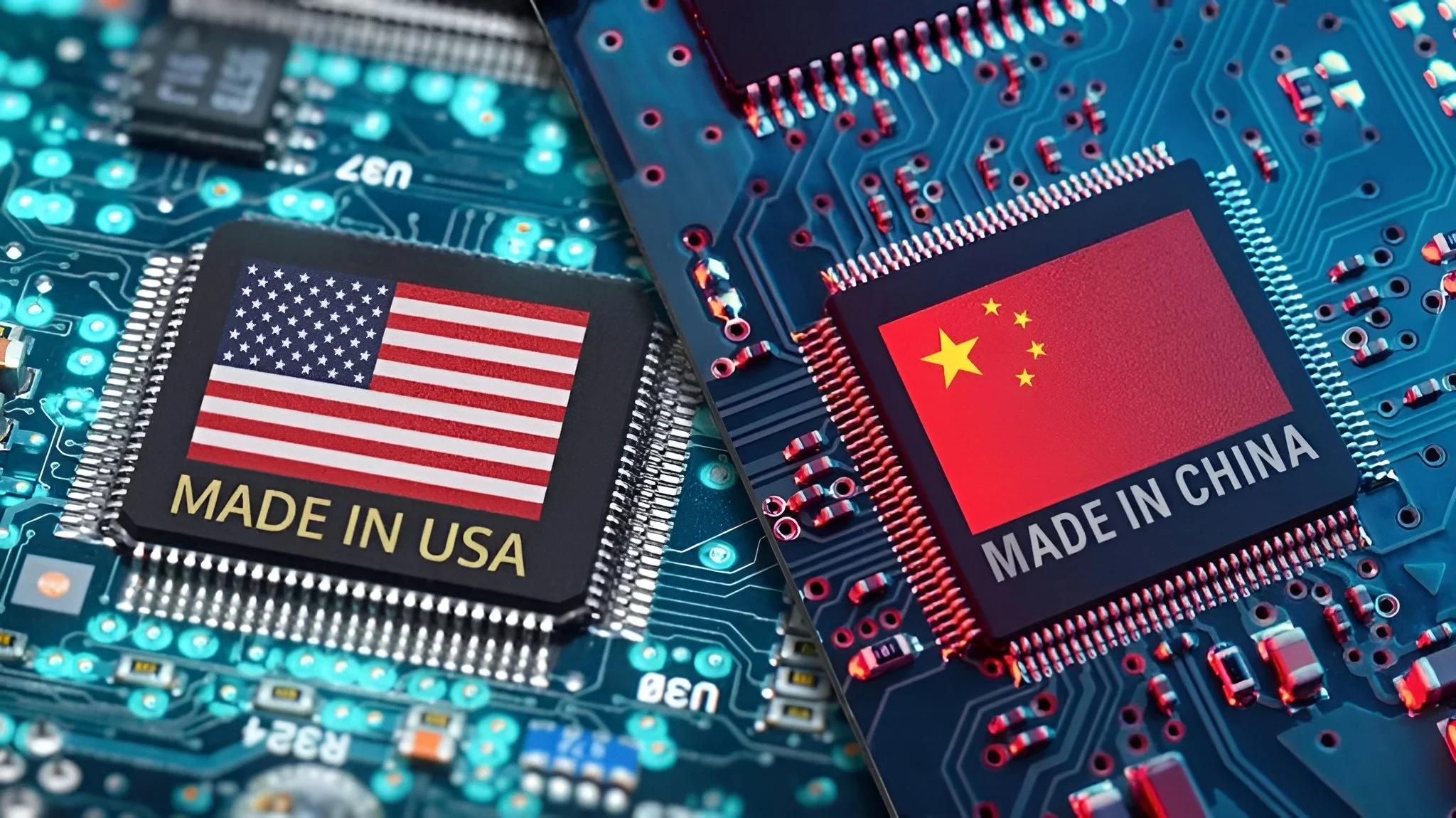Tech Sanctions Reloaded: Trump Administration Eyes Global Export Restrictions to China
In another move that could reshape global trade and technology flows, the Trump administration is reportedly considering a sweeping plan to restrict exports to China of any products made with or containing U.S.-origin software or technology — even if those products are manufactured overseas.
If enacted, this policy would mark a significant escalation in Washington’s technology containment strategy, extending U.S. jurisdiction far beyond its borders and reinforcing America’s leverage over global semiconductor and electronics supply chains.

A Global Rule with Local Impact
According to reports, the proposed measure would expand the Foreign Direct Product Rule (FDPR) — the same mechanism used during Trump’s first term to restrict Huawei and other Chinese firms’ access to advanced chips. Under this framework, even non-U.S. manufacturers using American software or equipment (for example, in chip design, manufacturing, or testing) would need special licenses before exporting goods to China.
This means that companies in places like Taiwan, South Korea, Japan, and even Europe could be directly affected if their products incorporate U.S. intellectual property — effectively giving Washington greater influence over global trade decisions.
For Beijing, this poses a major challenge to its technological self-reliance strategy. China has invested billions to reduce dependency on U.S. technology, but its supply chains remain deeply intertwined with American-designed tools, particularly in semiconductor fabrication and software systems.
The Broader Geopolitical Context
The move comes as tensions between the U.S. and China intensify under Trump’s second term. After a first round of tariffs and trade restrictions targeting steel, aluminum, and electronics, the focus has shifted to next-generation technologies — the true battleground for global influence.
By potentially extending U.S. export controls to foreign-made goods, Washington aims to prevent China from acquiring advanced chips, artificial intelligence (AI) hardware, and dual-use technologies that could enhance both its commercial and military capabilities.
At the same time, the plan raises questions about how far U.S. jurisdiction can reach. Many allies who rely on U.S. technology are wary of becoming entangled in trade conflicts. The European Union, for instance, has expressed concerns over the “extraterritorial reach” of U.S. sanctions, arguing it could undermine fair competition and disrupt global innovation networks.
Economic Repercussions and Market Watch
The market response to early rumors of these restrictions has already been noticeable. Shares of major chipmakers such as TSMC, NVIDIA, and ASML saw brief fluctuations as investors assessed the potential ripple effects across the tech sector.
If the rule takes effect, analysts predict short-term disruptions in semiconductor exports and an increase in China’s efforts to develop domestic alternatives — particularly in chip design, manufacturing equipment, and enterprise software.
From a Forex perspective, the policy could have broader implications:
The U.S. dollar (USD) may strengthen in the short term due to risk aversion and safe-haven flows.
The Chinese yuan (CNY) could face downward pressure as investors price in potential export slowdowns and policy uncertainty.
Cross pairs like USD/CNH, USD/JPY, and EUR/USD may see heightened volatility, especially as global investors reposition around risk-sensitive assets.
The Global Markets Eruditio Perspective
At GME Academy (Global Markets Eruditio), we emphasize understanding how geopolitical developments drive currency movements. Policies like these are not just headlines — they shape trade balances, investor sentiment, and the global flow of capital.
For traders, the key is to move beyond speculation and toward strategy:
Track how U.S.–China relations evolve around trade and technology.
Watch macroeconomic indicators like PMI, inflation, and GDP, which reflect the real-world impact of trade restrictions.
Use Forex technical tools to align your trades with market sentiment and risk management principles.
Looking Ahead: Tech, Trade, and Tensions
While the Trump administration’s plan is still under review, it underscores a broader trend: the fusion of economic policy, national security, and technology dominance. The line between commerce and geopolitics is blurring — and Forex markets will continue to react in real time.
As nations navigate these shifting alliances and restrictions, traders who understand both the macro context and technical indicators will have the advantage.
Take the Next Step: Learn How to Trade Global Shifts
The world’s major currencies don’t move randomly — they respond to power plays like this.
Learn how to interpret global economic developments and translate them into smart trading strategies.
Join our FREE Forex Workshop with GME Academy — and master how to anticipate market reactions, manage risk, and trade confidently in a changing world.

